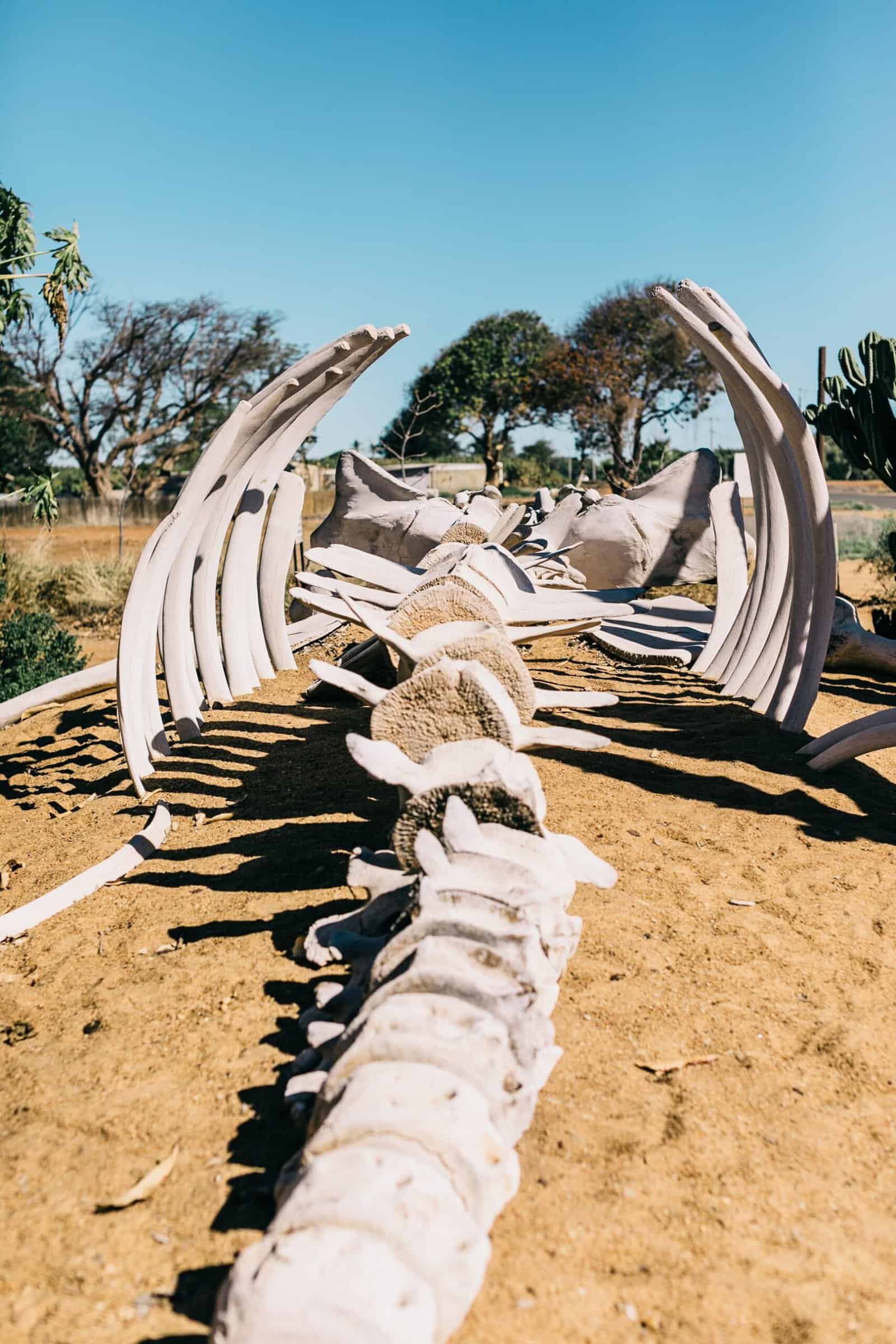
Dead Ribs
My pelvis has been my focus for the better part of a decade. Plagued by low back pain and steely hamstrings, I discovered that I was stuck in anterior tilt. Learning to posterior tilt both felt and functioned like a god send. My dormant lower abs engaged, my back pain dissipated, and my hamstrings finally relaxed. Key in hand, I practiced it in all kinds of positions- hanging, sitting, lying face down… it became my litmus test of whether or not I could own an action or arrangement. I was not aware that it also disconnected me from my ribs, relegating them to a useless, floating buoy.
My lower canister was my middle and not my lower canister. It was the point at which I could control my trunk, top, and bottom. My hips, the source of my power, marionettes me from my center. Existing with a flexed tailbone flexed my entire posture. My ribs could not move independent of my pelvis.
Sitting with flexed hips, I struggled to keep my chest open and extended as I pressed my weight against the floor:
In the second clip, I opt for maintaining fludity throughout the press and hip adjustment. Much more successful.
My neck, jaw, and pelvis created the tension that manipulated my inert in-between:
My error was in trying to open the body from the back through shortening, versus opening and lengthening from the front.
I looped back around to examining extension-based pressing, this time through a horizontal lens. There were many more options for movement when I pushed into the ground with an open frame and included my ribs in the process. They could act as a stable driver that the pelvis pivoted around:
At a Rolfing workshop I was exposed to how speed can dictate neural drivers, and how awkward it was to laterally bend the spine from side to side:
Lateral movements were something I rarely did, so they offered a beginner’s sense of novelty and intrigue. Shifting the hips left and right with and without movement of the ribs helped me find lines of tension that were aggravating a right side SI pinch:
Having motion flow through the ribs rather than around them helped me realize certain sticking points, and that I can direct tensional traffic away from the main intersection of the hips:
Once I could move both the pelvis and the ribs independently, I focused on centering movement in that sweet spot between the pelvis and the ribs, manipulating the limbs through that shortest of chains:
Where you place your attention is where you will find the most progress. Focus, intention, and consistency yield results. But when you are working within a system, efficient and effective shifts in one direction can cause an unravelling in another. The ability to see it all simultaneously requires a maddening sense of details and layering, a skill that honors the big picture alongside a fractional contrast in pixels. Balancing subjective interest with objective measures is the art of revealing principles within the playthings.



